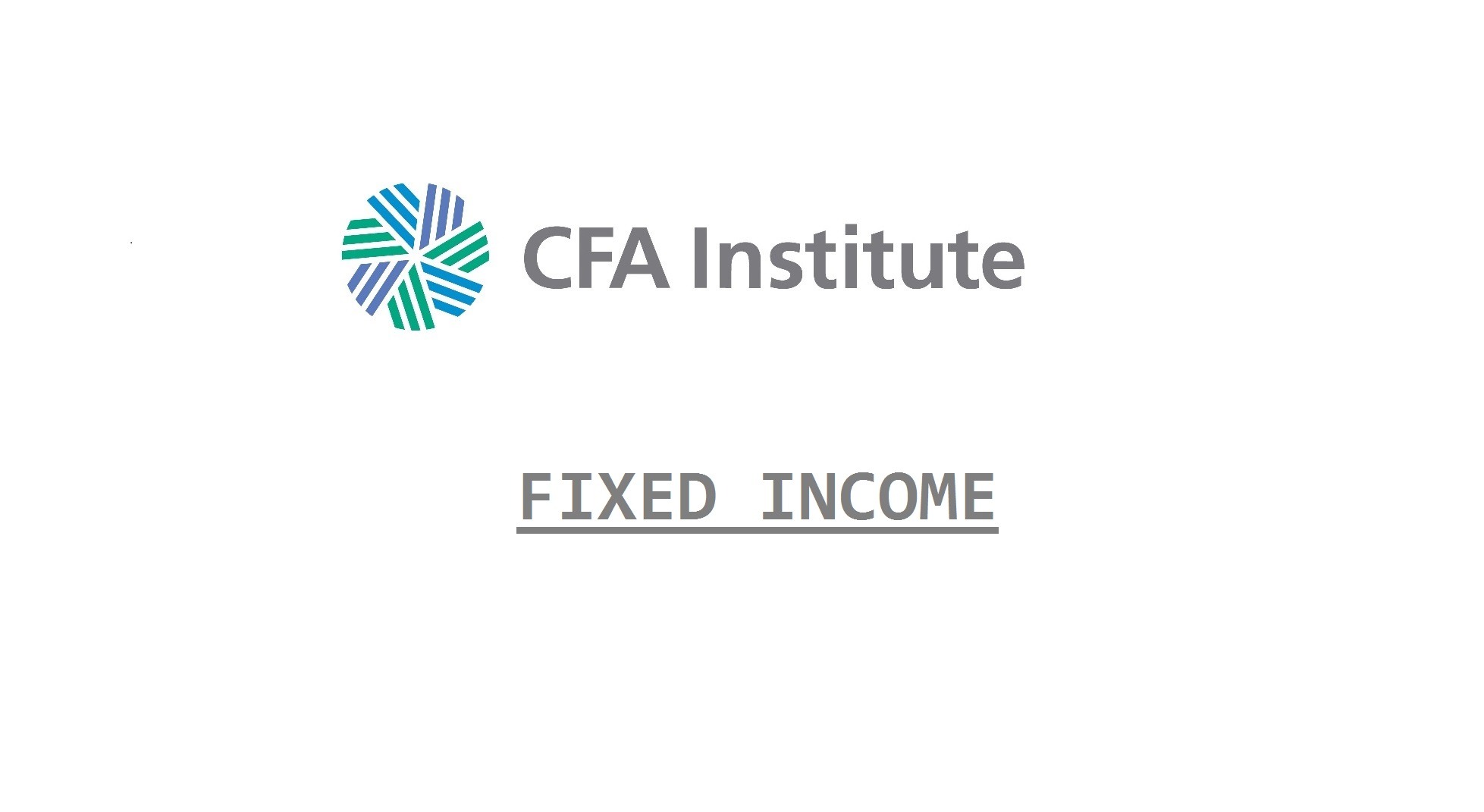Forward Rate Model
The forward rate model allows us to derive a future spot rate from the current spot rate and a forward rate, or derive a forward rate from a future spot rate and a current spot rate.
We could also say that a one period spot rate is equal to a geometric average of the current spot rate and a series of forward rates.
- (1+ST)T = (1 + S1)[1 + f(1,T-1)](T – 1)
And expanding on this:
- (1+ST)T = (1 + S1)[1 + f(1,1)] [1 + f(2,1)] [1 + f(3,1)] … [1 + f(T-1,1)]
Swap rate curve
The swap rate curve is the yield curve of the interest rates of the fixed portion of an interest rate swap. It is often used as a benchmark interest rate curve because swap rates reflect the credit risk of commercial banks, the swap market not government regulated, and the swap curve has more yield quotes at various maturities.
The swap rate spread is the difference between the swap rate and a government bond with a matching maturity. Wholesale banks that already hedge risk with swaps are more likely to use the swap rate to value their assets then smaller retail banks who deal primarily with government rates.
Indicator Spreads
Z-Spread
The Z-spread is the adjustment to the risk-free spot rate that is necessary to equate the PV of a bond’s cash flow to its current market price. It is used to value bonds without embedded options as it works under a zero volatility assumption.
TED Spread
The TED spread is the spread between a T-bill and its corresponding Eurodollar futures contract. The TED spread can be seen as an indication of the risk of interbank loans, as it is essentially the difference between an interbank interest rate and the government risk free risk. Thus, the TED spread is a good indicator of banking sector risk.
Libor – OIS Spread
The LIBOR – OIS spread is used as a measure of credit risk and banking sector health. It works similar to the TED spread in that the overnight indexed swap rate is very close to the federal funds rate. Because of this, the spread represents the amount of credit risk that the Libor prices in against an almost risk free OIS rate.
Theories of interest rate term structure:
The unbiased expectations theory, or pure expectations theory says that the forward rate is an unbiased predictor of the future spot rate and that every maturity strategy has the same expected return over a given investment horizon. Its broadest interpretation is that bonds of any maturity are perfect substitutes for one another. For example, buying a bond with a maturity of five years and holding it for three years has the same expected return as buying a three-year bond or buying a series of three one-year bonds.
The local expectations theory agrees with the unbiased expectation theory, but only in the short term. In the long term, the theory incorporates risk premiums.
The liquidity preference theory states that investors need to be compensated by a liquidity premium for taking on exposure to interest rate risk. This liquidity premium is positively related to the maturity of a bond.
Segmented markets theory posits that the yield curve is made up of supply and demand forces at each “market” or maturity. In this theory, market participants only deal maturity markets due to investment constraints.
Finally, the preferred habitat theory also creates supply and demand markets, but allows for investors to move across markets given a high enough incentive.
Modern Term Structure Models
Equilibrium term structure models describe changes in interest rate term structure through use of fundamental economic factors. These include the Cox – Ingersoll – Ross Model and the Vasicek model. The CIR model is driven by consumer deciding between consumption today vs a later date, and the Vasicek model suggest that interest rates are mean reverting to a long-run value.
Arbitrage-free models takes the yield curve as given and assumes that bonds trading in the market are correctly priced. This allows calibration of these models to match actual market prices. The Ho-Lee model is an example of an arbitrage free model, which uses current market prices to generate a current term structure.
